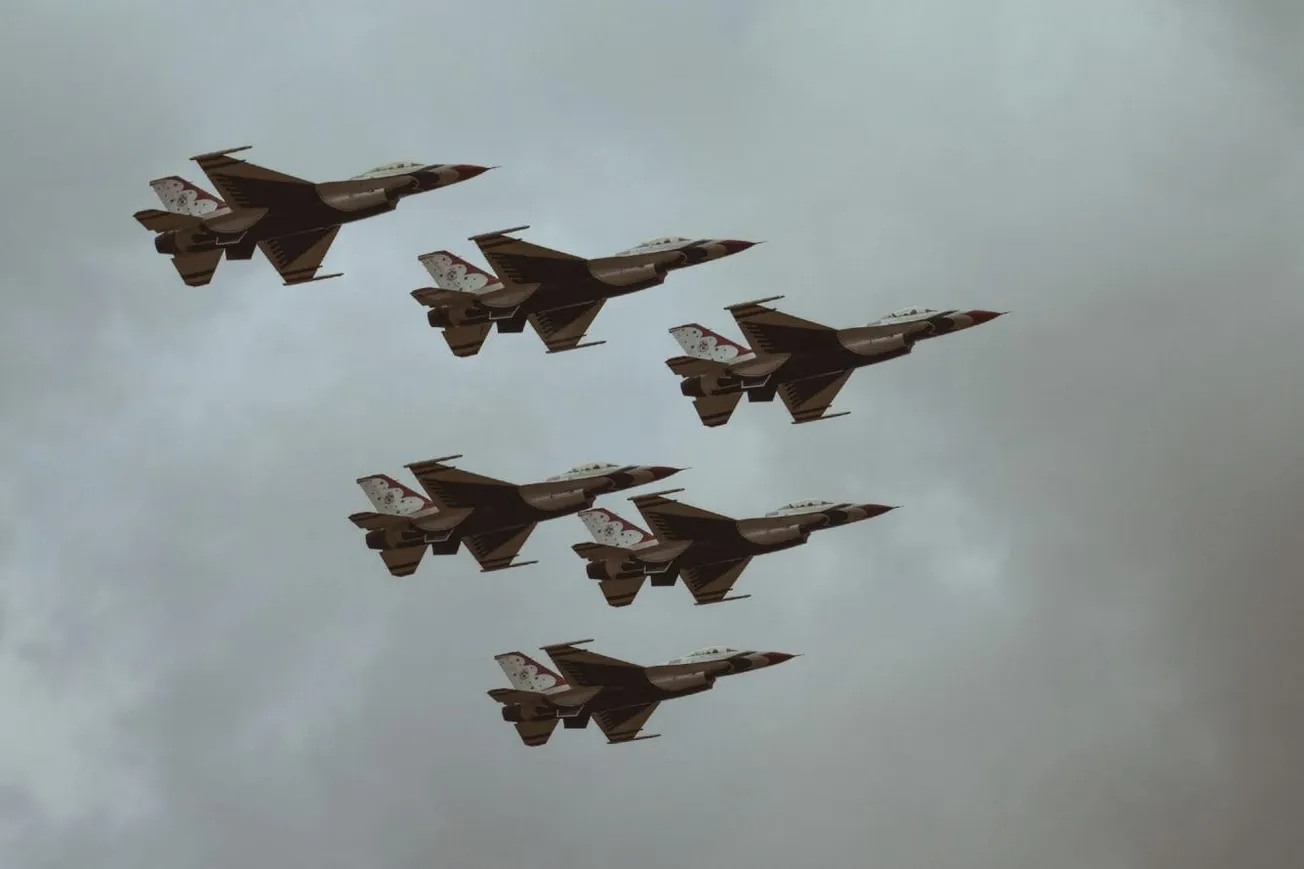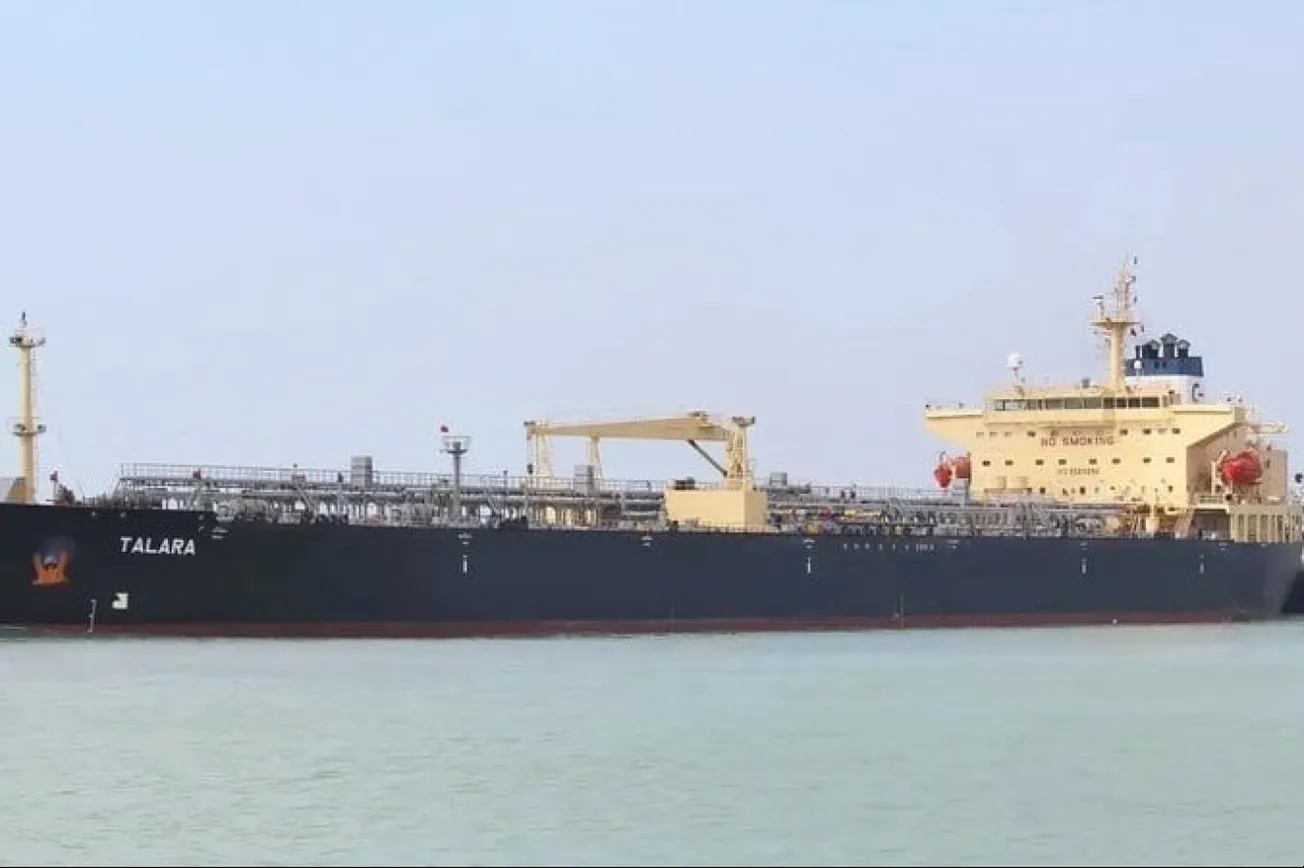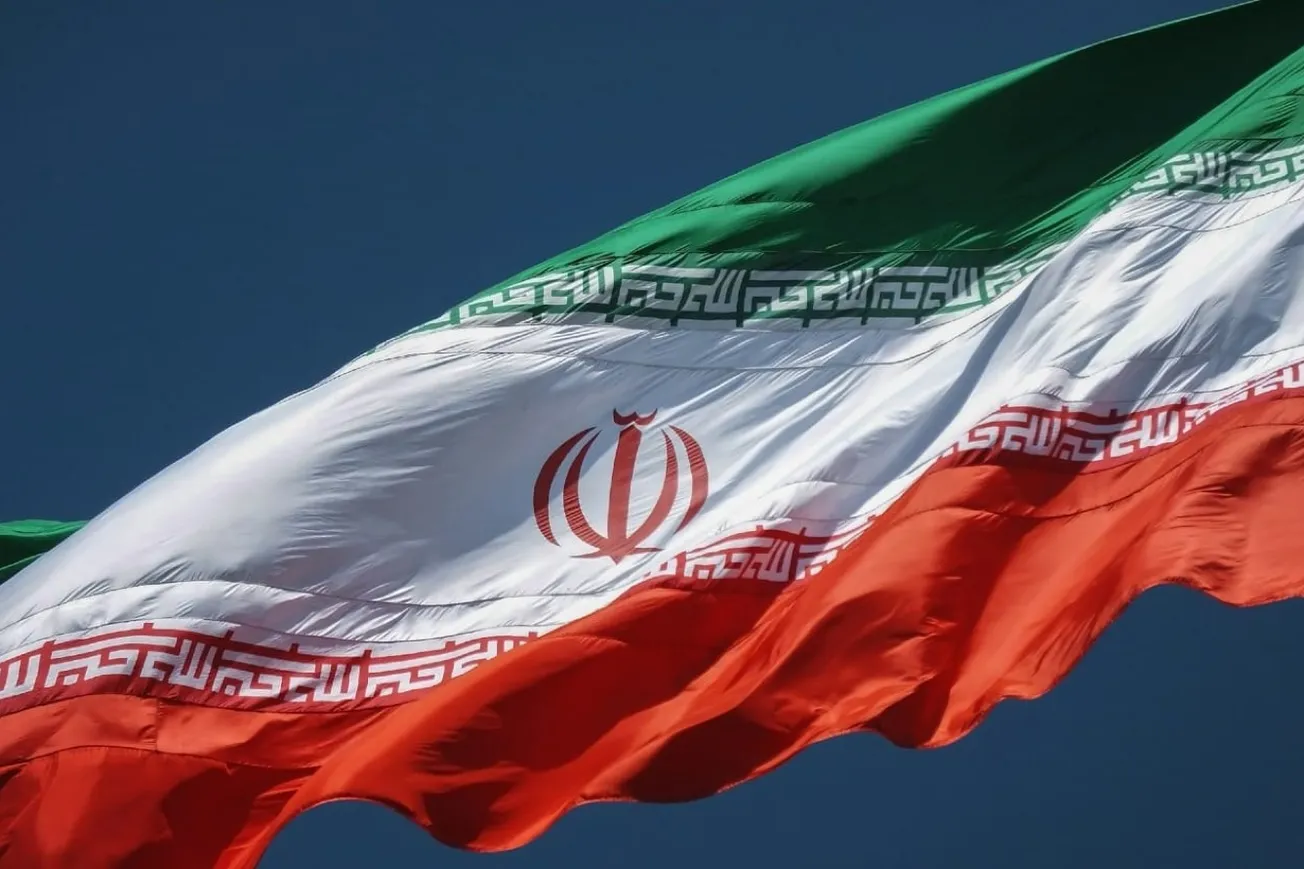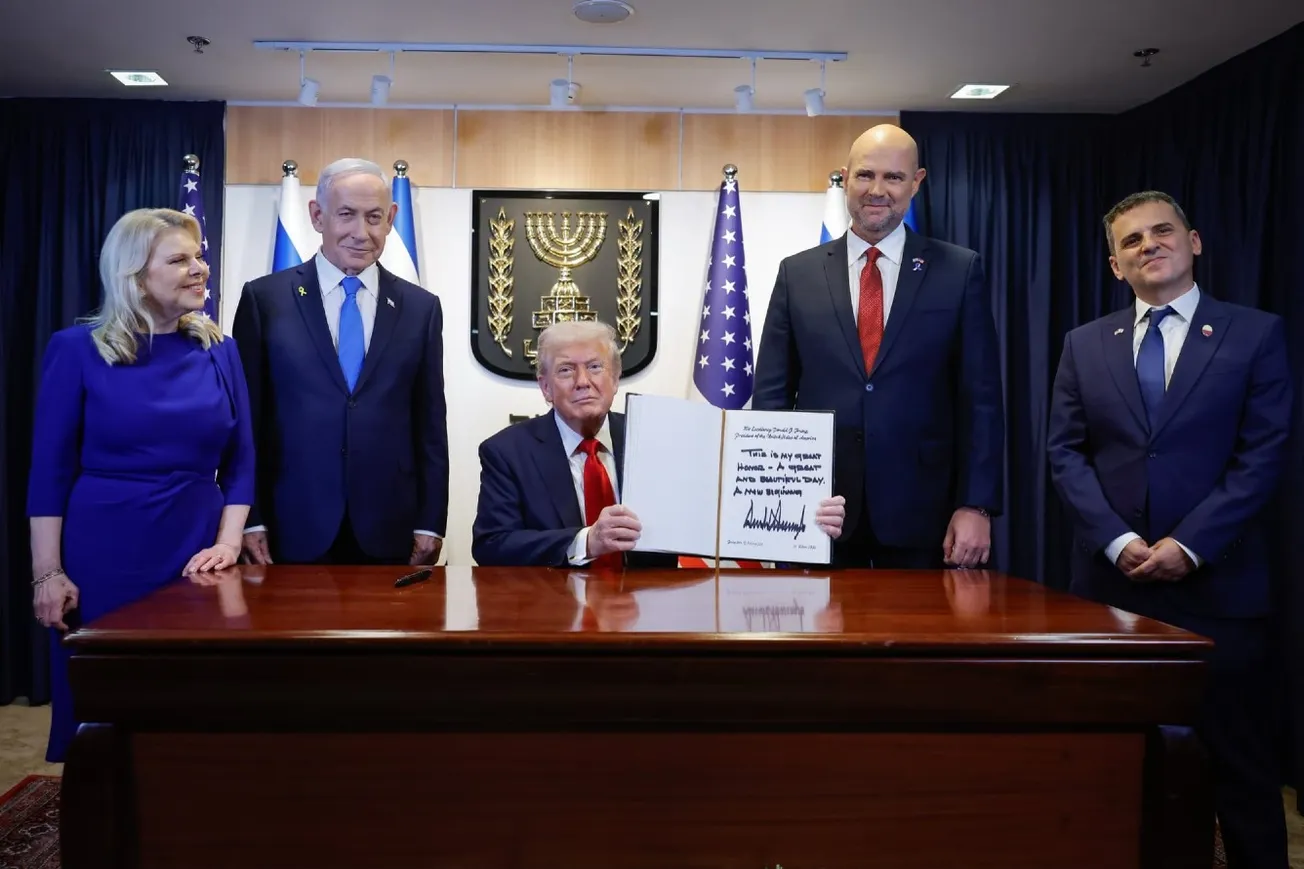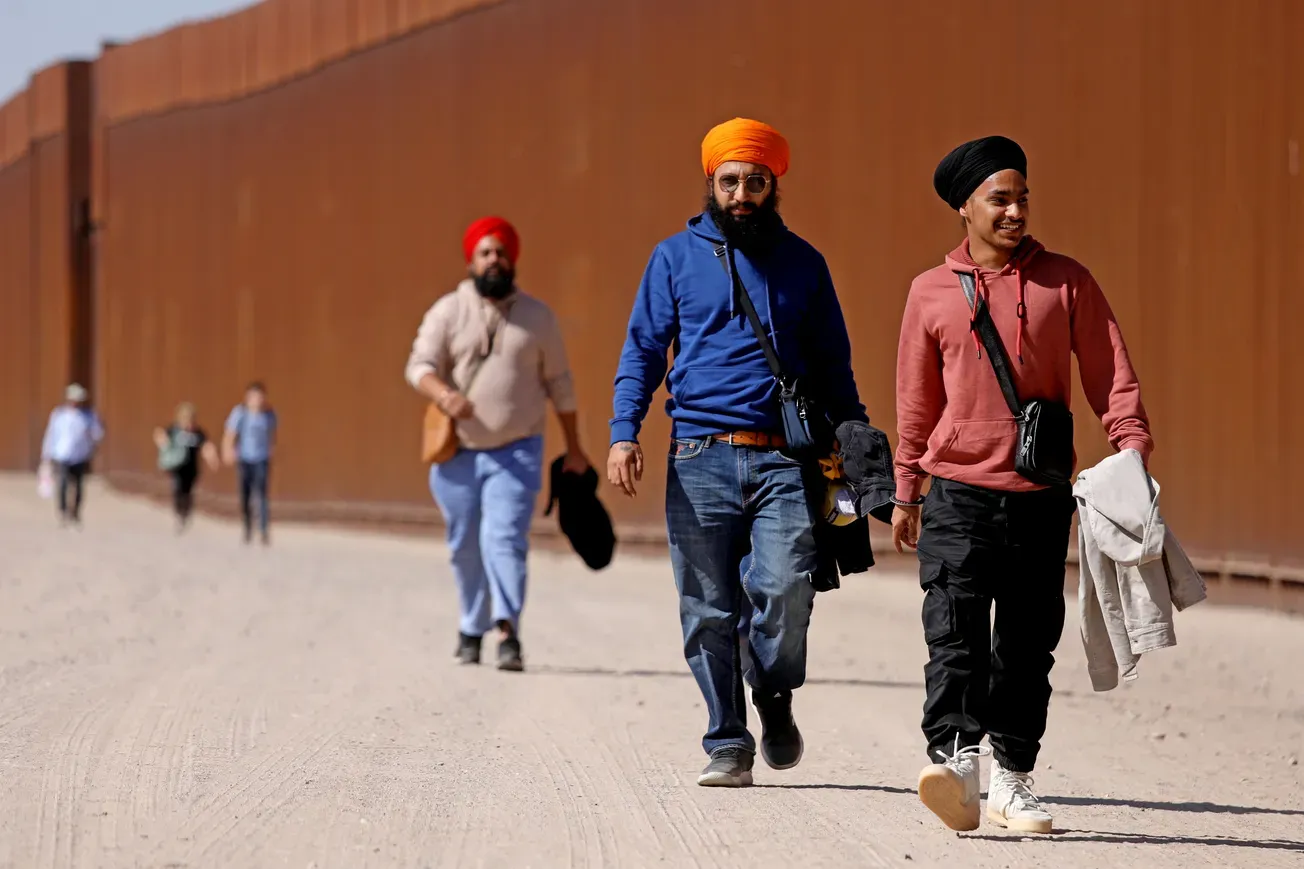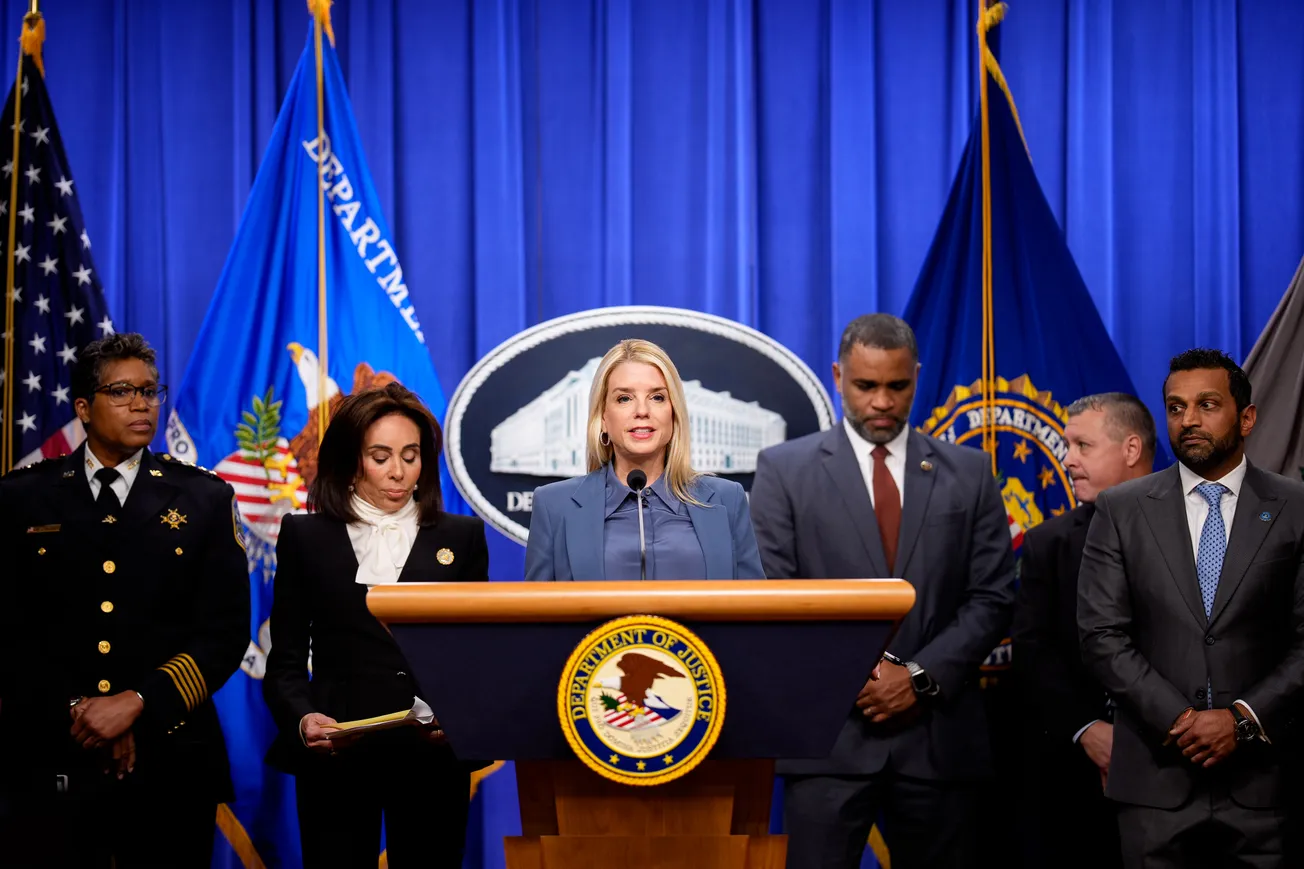As Netanyahu steps into the White House, it’s not just tariffs or trade on his mind—it’s Tehran. With Iran racing toward the bomb and talk of renewed nuclear negotiations swirling, Trump holds the line while allies look for clarity. Behind closed doors, the message is simple: the era of concessions is over, and deterrence is back on the table.
As part of his bold America First strategy—ranging from recalibrating global trade to pushing for an end to the Ukraine War—President Trump has demanded Iran return to the negotiating table on its nuclear program, warning of decisive consequences if it refuses. True to his no-nonsense leadership style, the president has stipulated a two-month deadline to reach the deal.
Tehran has cautiously signaled willingness for indirect talks, though it continues to resist the firm pressure that Trump sees as necessary to bring Iran in line. The heightened diplomatic tensions have created a sense that the U.S. is on a collision course with Iran.
During his first term, Trump withdrew from the deeply flawed Obama-era Iran nuclear deal, the Joint Comprehensive Plan of Action (JCPOA)––signed in 2015 between the five permanent members of the UN Security Council, Germany, the European Union, and Iran, which critics across the political spectrum acknowledged had failed to curb Tehran’s missile development and its proxy warfare in the region.
In contrast, the Biden administration’s indecisive and conciliatory approach emboldened Iran and allowed the regime to accelerate its nuclear ambitions unchecked.
The historic nuclear deal, signed by President Obama, intended to significantly curtail the scope of Iran's nuclear ambitions and provide reciprocal relief from international sanctions. The goal was to considerably slow down Tehran from obtaining a nuclear weapon, which others (including Israel and Saudi Arabia) strongly objected to, and to permit inspections by the International Atomic Energy Agency (IAEA).
Since the collapse of the JCPOA, Iran has fast-tracked its nuclear agenda. Tehran has lifted the cap on its uranium stockpile. The country has expanded its enrichment capabilities and resumed activity at nuclear facilities. According to some estimates, Iran now possesses more than 30 times the uranium stock permitted in the nuclear deal.
Since February 2021, Tehran has blocked the IAEA from monitoring its nuclear activities. Citing broken promises on sanctions relief—and exploiting the oversight failures of the JCPOA years—Iran is now believed to have enriched uranium to weapons-grade levels.
Now, analysts estimate that Iran's "breakout time" — the time it would take to produce enough weapons-grade material – has shrunk to a week or few days. They deduce that the country possesses enough enriched uranium to make four nuclear explosive devices. According to the U.S. Office of the Director of National Intelligence threat assessment, though Iran is not overtly pursuing the development of a nuclear device (Tehran has reiterated that the country's nuclear program is for peaceful, civilian purposes), the trajectory of its nuclear activities in the past five years has put them on track to develop atomic weapons in the near future.
With Iran at the threshold of a nuclear weapon and the remnants of the hobbled JCPOA offering no real constraint, Trump is determined to bring Tehran to the table under terms that ensure American and global security—unlike the previous deal, which handed Iran concessions without accountability. Unfazed by Washington's "maximum pressure," Iranian Supreme Leader Ayatollah Ali Khamenei has ruled out direct talks and initially even questioned Washington's "seriousness," further ramping up tensions.
In the past few days, the Pentagon said that it had significantly ramped up U.S. military capability in the Middle East with more warplanes in the wake of the U.S. bombing campaign in Yemen and mounting tensions with Iran. B-2 bombers have been moved to a U.S.-British military base on the Indian Ocean island of Diego Garcia. Israel, especially Prime Minister Benjamin Netanyahu, has favored military action against Iran to end its regional influence and eliminate its nuclear capabilities.
In response, Iran is believed to have put its armed forces on high alert. It is learned that the Islamic Revolutionary Guard Corps Aerospace Force has been progressively expanding its network of "Ghadir" over-the-horizon early warning radars. New construction sites were identified in the northwest of the country and along the Persian Gulf coast. Air defense exercises are being carried out around nuclear facilities.
Reuters reported that according to an Iranian official, Tehran has issued notices to some Middle Eastern countries, including Iraq, Kuwait, the United Arab Emirates, Qatar, Turkey, and Bahrain, that any support for a U.S. attack on Iran, including the use of their airspace or territory by U.S. military during an attack, would be considered an act of hostility.
Tehran's communiqué and the interests of other players in the region indicate that a military conflict between the U.S. and Iran is unlikely to remain contained and could potentially destabilize the entire Middle East. Russia, Iran's ally, has called for restraint and offered to mediate between Tehran and Washington even as Moscow entertains Trump's attempts to broker a peace deal in the Ukraine War. However, Russia's support for Iran's nuclear program and its complex relationship with the U.S. could complicate its role as a mediator.
Tehran has blustered in response to Trump’s firm stance, but experts note that the regime is feeling the pressure. The hardline regime is promising swift retaliation to any attack. It is also likely Iran will use the heightened tension and repeated threats to justify its pursuit of nuclear capabilities.
Iran’s crippled economy—and the crumbling influence of its regional proxies like Hamas, Hezbollah, and Assad—are proof that Trump’s maximum pressure campaign is biting hard and could soon force Tehran back to the table. The country is reeling under international sanctions, cannot exploit its vast fossil fuel reserves, and desperately seeks access to its assets frozen abroad.
Trump’s approach of peace through strength appears to be working, with both sides showing early signs of interest in diplomacy as a path to stability. Avoiding a conflict in the region is in the best interests of the entire global community. Given the region's geopolitical dynamic, a military operation could soon devolve into a full-fledged war involving multiple countries. Trade, oil production, and regional stability would be significantly threatened or compromised, and the Middle East could once again become a battleground of prolonged conflict and instability. Only Trump’s resolve offers a real chance to stop that slide and restore lasting peace through strength.


